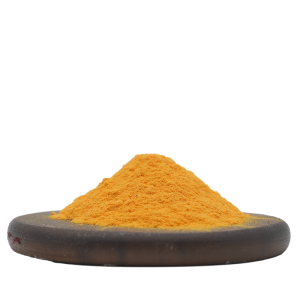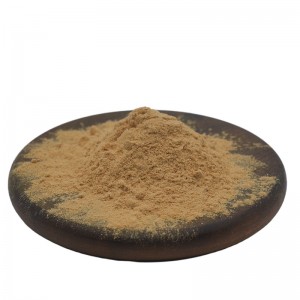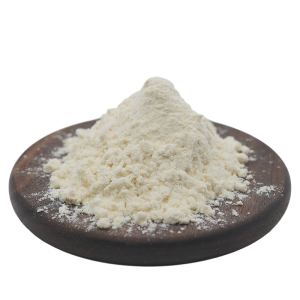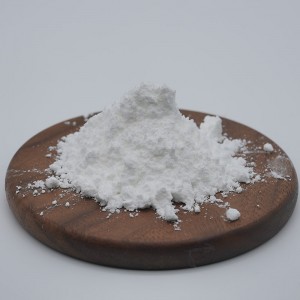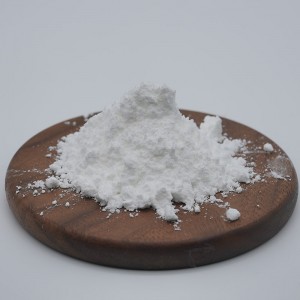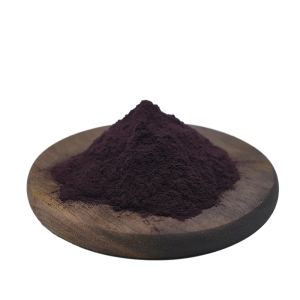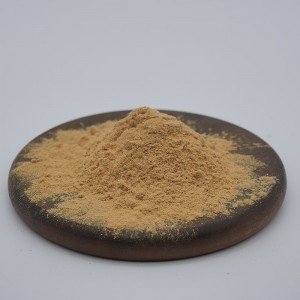
Products
xanthophyll 90%
Product Description
Xanthophylls, a class of natural pigments, are widely present in nature and can be found in various plants, algae, and certain microorganisms. These compounds contribute to the vibrant yellow to red hues observed in numerous fruits and vegetables, adding not only visual appeal but also important health benefits.
One notable characteristic of xanthophylls is their antioxidant properties. Antioxidants play a crucial role in protecting cells from damage caused by unstable molecules called free radicals. Free radicals can lead to oxidative stress, which has been linked to various chronic diseases and aging processes. By neutralizing these free radicals, xanthophylls help to maintain cellular health and support overall well-being.
Among the different types of xanthophylls, two prominent members are lutein and zeaxanthin. These carotenoids are commonly found in leafy green vegetables, such as spinach and kale, as well as in other yellow and orange-colored produce like corn and oranges. Lutein and zeaxanthin have been extensively studied for their potential benefits in promoting eye health.
In the human eye, lutein and zeaxanthin accumulate in the macula, a small but vital part of the retina responsible for central vision. The macular pigment, formed by these xanthophylls, acts as a natural filter that absorbs blue light and protects the underlying retinal tissues from harmful ultraviolet (UV) radiation and oxidative damage. This filtering effect helps to reduce the risk of age-related macular degeneration (AMD), a leading cause of vision loss and impairment in older adults.
Research suggests that a higher dietary intake of lutein and zeaxanthin may be associated with a lower prevalence of AMD and other eye conditions, such as cataracts. These xanthophylls are believed to exert their protective effects by reducing inflammation, improving visual function, and enhancing the integrity of retinal cells.
Furthermore, xanthophylls have shown potential benefits beyond eye health. Some studies have indicated their involvement in supporting cognitive function and brain health. It is believed that the antioxidant and anti-inflammatory properties of xanthophylls may contribute to these cognitive benefits by reducing oxidative stress and inflammation in the brain.
Additionally, xanthophylls have been investigated for their potential role in cardiovascular health. Research suggests that higher levels of circulating xanthophylls, particularly lutein and zeaxanthin, are associated with a reduced risk of cardiovascular diseases, such as heart disease and stroke. These effects may be attributed to the antioxidant and anti-inflammatory properties of xanthophylls, which help protect against the development of atherosclerosis and other cardiovascular complications.
It is worth noting that while xanthophylls offer promising health benefits, they are best obtained through a balanced and varied diet rich in fruits and vegetables. Although xanthophyll supplements are available, it is generally recommended to obtain nutrients from whole food sources rather than relying solely on supplementation.
In conclusion, xanthophylls are a diverse group of natural pigments found in plants, algae, and microorganisms. These compounds contribute to the vibrant colors of fruits and vegetables and possess antioxidant properties that can help protect against oxidative stress and promote overall well-being. Specifically, xanthophylls like lutein and zeaxanthin are known for their potential role in supporting eye health by reducing the risk of AMD and other vision-related conditions. Emerging research also suggests their involvement in cognitive function and cardiovascular health. Emphasizing a diet rich in xanthophyll-containing foods is an excellent way to harness their potential benefits and maintain optimal health.
Certificate of Analysis






